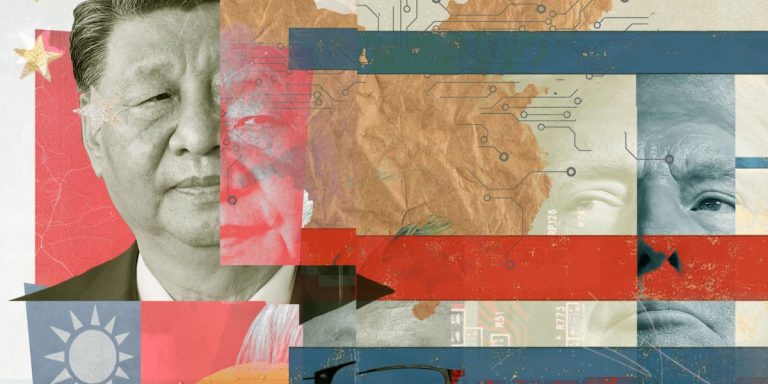
In Bitcoin’s proof of work, that investment is hardware. Roughly every 10 minutes, Bitcoin miners compete to solve a puzzle. The winner appends the next block to the chain and claims new bitcoins in the form of the block reward. But finding the solution is like trying to win a lottery. You have to guess over and over until you get lucky. The more powerful the computer, the more guesses you can make.
Sprawling server farms around the globe are dedicated entirely to just that, throwing out trillions of guesses a second. And the larger the mining operation, the larger their cost savings, and thus, the greater their market share. This works against the concept of decentralization. Any system that uses proof of work will naturally re-centralize.
In the case of Bitcoin, this ended up putting a handful of big companies in control of the network.
Since early on in Bitcoin’s history, though, crypto enthusiasts have searched for other consensus mechanisms that can preserve some degree of decentralization—and aren’t as wasteful and destructive to the planet as proof of work.
How proof of stake works
Proof of stake, first proposed on an online forum called BitcoinTalk on July 11, 2011, has been one of the more popular alternatives. In fact, it was supposed to be the mechanism securing Ethereum from the start, according to the white paper that initially described the new blockchain in 2013. But as Buterin noted in 2014, developing such a system was “so non-trivial that some even consider it impossible.” So Ethereum launched with a proof-of-work model instead, and set to work developing a proof-of-stake algorithm.
Proof of stake does away with miners and replaces them with “validators.” Instead of investing in energy-intensive computer farms, you invest in the native coins of the system. To become a validator and to win the block rewards, you lock up—or stake—your tokens in a smart contract, a bit of computer code that runs on the blockchain. When you send cryptocurrency to the smart contract’s wallet address, the contract holds that currency, sort of like depositing money in a vault.






